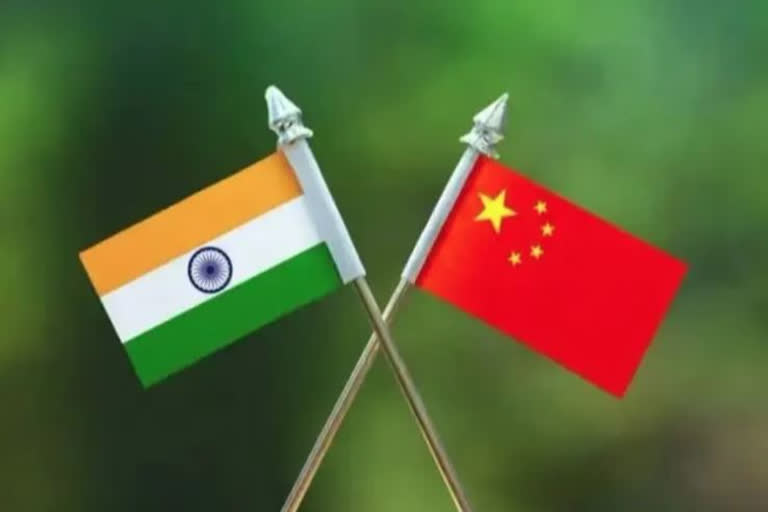New Delhi:In a significant development that was announced on Thursday evening in a joint statement, India and China have agreed to ease tensions by disengaging at the vexed Gogra-Hotsprings aka Patrol Point 15 (or PP-15) flashpoint indicating that a major challenge has been overcome. The breakthrough will give India access to about 130 sq km of the valley in eastern Ladakh.
A joint statement issued by India and China said: “On 8th September, 2022, according to the consensus reached in the 16th round of India-China Corps Commander Level Meeting, the Indian and Chinese troops in the area of Gogra-Hot Springs (PP-15) have begun to disengage in a coordinated and planned way, which is conducive to the peace and tranquility in the border areas.”
The 16th round of talks had taken place on July 17, 2022. If the PP 15 issue is resolved it will leave only two thus far unresolved stretches in the sensitive Depsang and Demchok sectors. But the big difference is that while Depsang and Demchok are legacy issues, the PP-15 trouble began after 2020 when the PLA had ‘ingressed’ about 2-4 km down the Kugrang river valley effectively blocking off Indian patrolling to PP 15 and PP 16.
The Chinese ‘ingress’ has resulted in blocking off Indian access to about 130 sq km of the valley. As a result, troops of the two sides had continued to face each other in a confrontationist mode at PP-15 which is located in the general area of Cheng Chenmo valley also called Tsog Tsalu area. The disputed Hot Springs and Gogra are also located in the same stretch.
The latest border row began from April-May 2020 that had led to an unprecedented build-up of troops, military equipment and war-stores and infrastructure by the two sides that has militarized eastern Ladakh like never before. The announcement of the resolution comes amid reports of the possibility of a bilateral meeting between Indian Prime Minister Narendra Modi and Chinese President Xi Jinping in the upcoming Shanghai Cooperation Organisation (SCO) annual summit in Uzbekistan in about a week.
While the development is a definite indication of easing of a tense relationship, it is happening at a time when a change in the world order is in the offing as both the US-led bloc and the emerging Russia-China axis are engaged in a tussle to enlist pull India to support their respective positions particularly on the ongoing conflict in Ukraine that began on February 24.
From the strategic point of view, one of the biggest spinoffs of an easing of tension between the two Asian neigbours will be the diminishing spectre of a LoC-LAC ‘triangulation’, whereby India is restrained and tied down by the ‘hanging’ two-front war scenario with Pakistan and China as possible adversaries.
Till now, while the Chinese narrative of its ties with India has been to keep the border tension distinct and proceed with common areas of agreement, the Indians have been steadfast in demanding that the border issue is intrinsically linked to the bilateral ties and a normal relationship is possible only if the border issue is resolved. The latest development indicates an acceptance of the Indian position.
